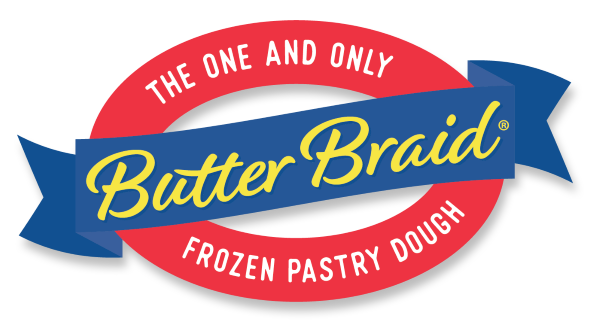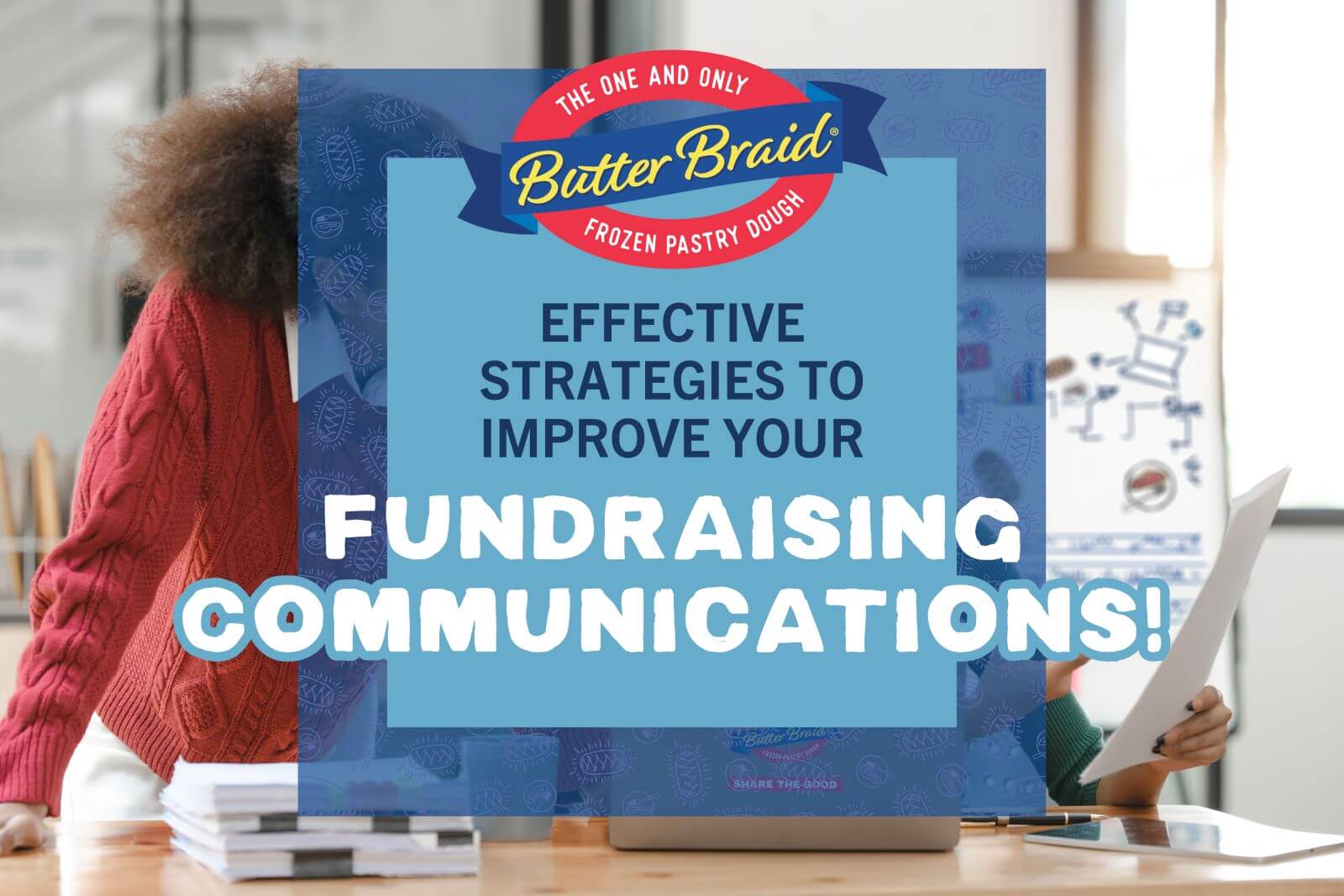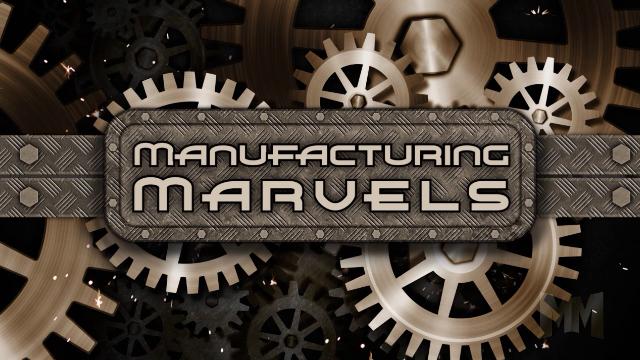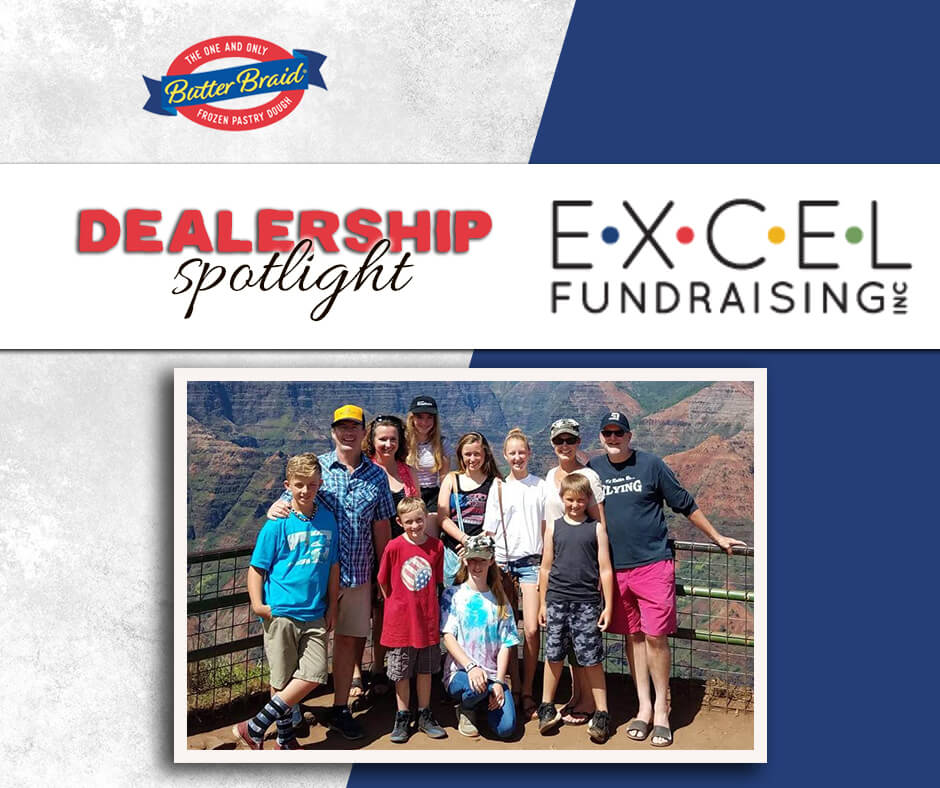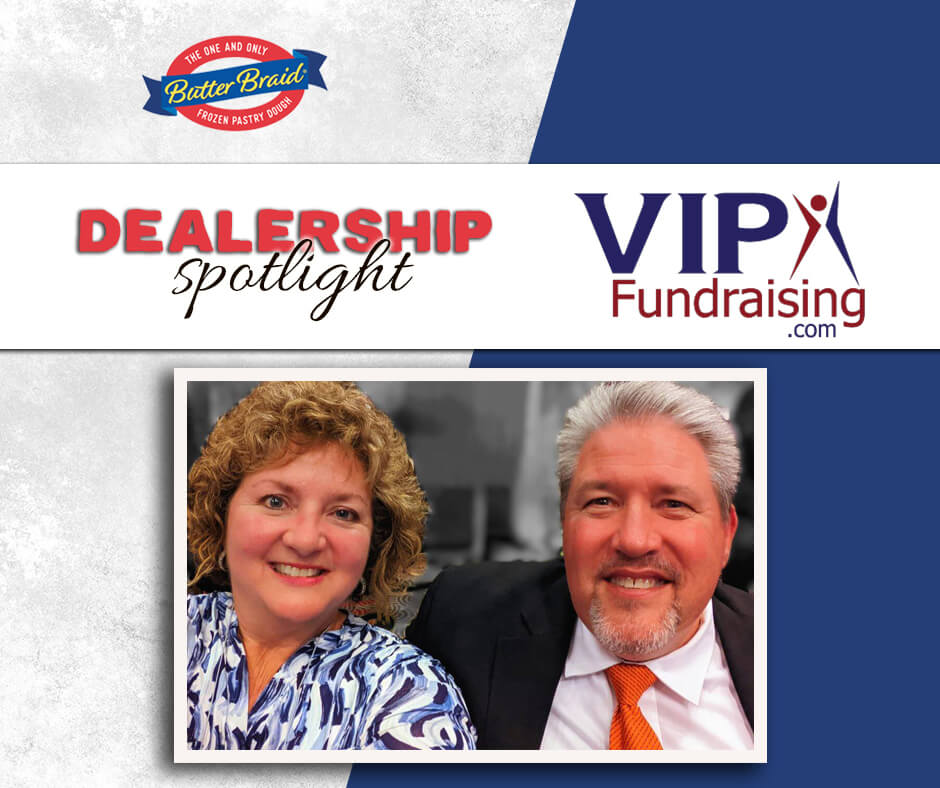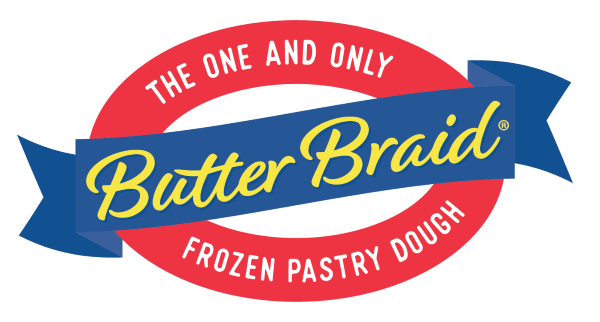Effective fundraising communications are the key to engaging supporters, motivating sellers, and keeping parents and participants informed. Without clear and timely messaging, even the most well-planned fundraisers can struggle to reach their goals. Whether you’re organizing a school fundraiser, a sports team campaign, or a nonprofit initiative, having a strategic communication plan in place can make all the difference.
In this post, we’ll break down the strategies for improving your fundraising communications. From what details to include in your messages to how to tailor your approach for different audiences, you’ll learn how to create a seamless communication plan that boosts participation and maximizes results.
Identifying Your Audiences
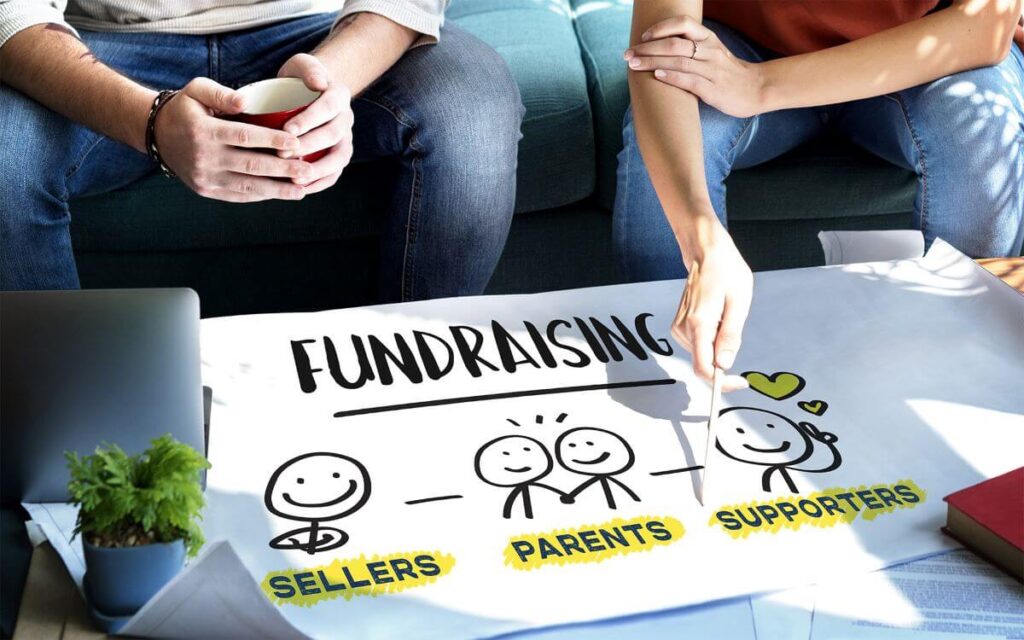
Before you begin writing your fundraising communications, you must first identify and understand your key audiences. Each group involved in your fundraiser – sellers, parents, or supporters – has different needs and expectations. By tailoring your messaging to each audience, you can ensure your fundraiser will run smoothly and everyone will stay engaged throughout the process.
Sellers (Participants)
Your sellers are the heart of your fundraiser. They are the ones actively promoting and selling the products and getting you closer to your goal so keeping them informed is crucial. Communications with sellers should include…
- Kick-off announcements that explain the date of your kick-off event, the purpose of your fundraiser, goals, and key details and deadlines.
- Tips and encouragement to keep them engaged and excited.
- Deadline reminders to ensure they stay on track.
- Recognition and progress updates to celebrate milestones.
Parents & Guardians
Since parents often help facilitate sales, especially if your sellers are younger in age, providing them with clear information can increase participation and overall success. Your message to parents and guardians should focus on…
- Key event details such as start and end dates, individual and group goals, and product details.
- Tips on how to best support their child’s sales efforts.
- Payment and delivery instructions.
- Final reminders to encourage last-minute orders before the fundraiser ends.
Supporters
Supporters include family members, friends, and community members who will be purchasing items from your sellers or donating to your cause. Your communications to them should…
- Clearly explain the purpose of the fundraiser and how their support makes an impact.
- Provide easy ways to place an order (such as online links or group contact details).
- Highlight product details to generate excitement.
- Share deadlines and reminders, so they don’t miss out.
What to Communicate and When

Effective fundraising communication requires the right message at the right time. A well-structured communication plan makes sure that everyone involved stays informed and engaged throughout the whole fundraising process. Here’s a breakdown of what to communicate at each stage of your fundraiser.
1. Pre-Fundraiser Communications (1-2 Weeks Before Kick Off)
Before your fundraiser begins, it’s essential to build excitement and ensure everyone understands the key details.
To Sellers & Parents
Send an announcement about the upcoming fundraiser, explaining what it’s for, how it works, and the key dates. Encourage parents to support their child’s participation.
Seller Example:
“We’re excited to launch our (Fundraiser Name) next week! Your goal is to sell X items in order to help us reach our fundraising goal of (Amount). Stay tuned for tips and resources!”
Parent Example:
“Your child is participating in (Group Name)’s upcoming (Fundraiser Name)! The fundraiser will run from (Start Date) to (End Date). Your child’s goal is to sell X items in order to help us reach our fundraising goal of (Amount). More information will be made available at the kick-off meeting on (Date). Thank you so much for your participation!”
To Supporters
Start teasing the fundraiser on social media, in newsletters, or in emails and let people know when they can expect more information.
“Get ready! (Group Name)’s (Fundraiser Name) kicks off next week! Stay tuned for delicious treats and details on how you can support a great cause!”
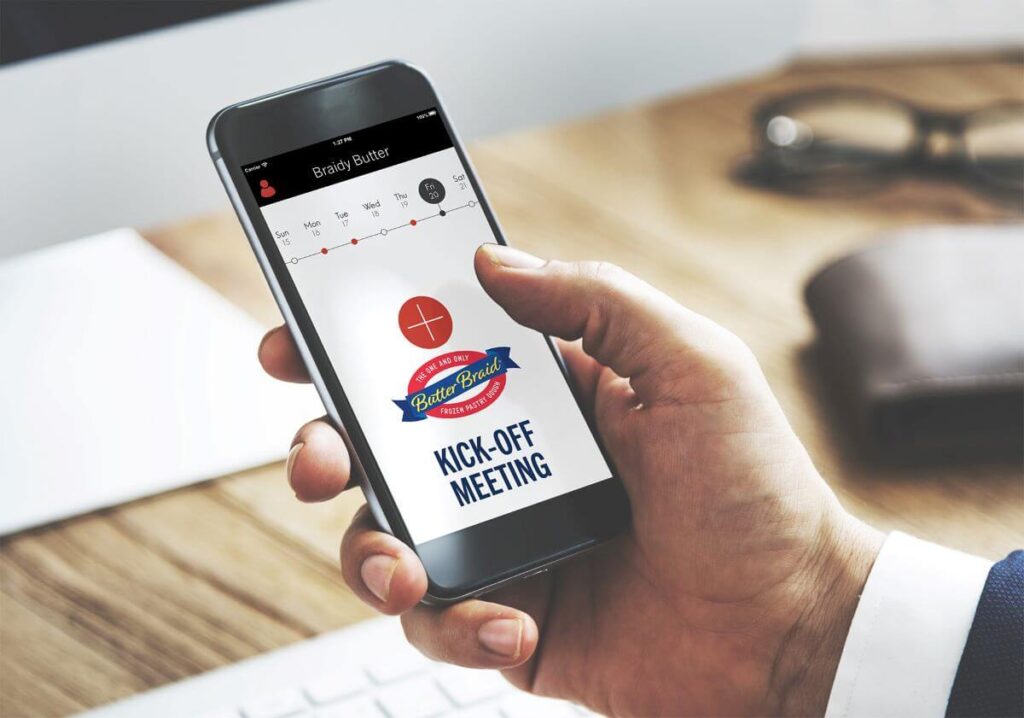
2. Fundraiser Kick-Off Communication (Day of Launch)
To Sellers
Share sales materials, fundraising goals, and tips on how to promote your fundraiser. A kick-off meeting or video can help energize participants.
To Parents
Provide details on how they can help their child succeed, such as giving them tips on who to reach out to or how to use social media to share information about the fundraiser. Also, it may be helpful to include some information on safety precautions parents can take during this process.
“It’s time for (Group Name)’s fundraiser! I am very excited to share that we’ve partnered with (Company Name) to raise funds for our group this year. Please visit (Company Website) for more information about their amazing products.
Each participant should sell at least X items to ensure we reach our goal. All necessary materials (will be handed out at the upcoming kick off meeting / are included with this packet). We’ve also included some tips and resources to help you during the selling period.
Return your order forms by (Date).
Any checks can be made payable to (Name).
Delivery day is currently scheduled for (Delivery Date).
Please contact me with any questions you may have. Thank you for doing your part to make this fundraiser a success!”
To Supporters
Officially launch the event with an email, social media post, and/or printed materials (flyers and posters) explaining why the fundraiser matters and how they can contribute.
“Our fundraiser has officially begun! Help us reach our goal by placing an order today. You can place your order online here: (Store Link). Or you can reach out to (Contact Person) at (Contact Information) to place an order. Thank you so much for your support!”
For more tips on preparing for a fundraising kick-off event, check out our blog post on the topic.
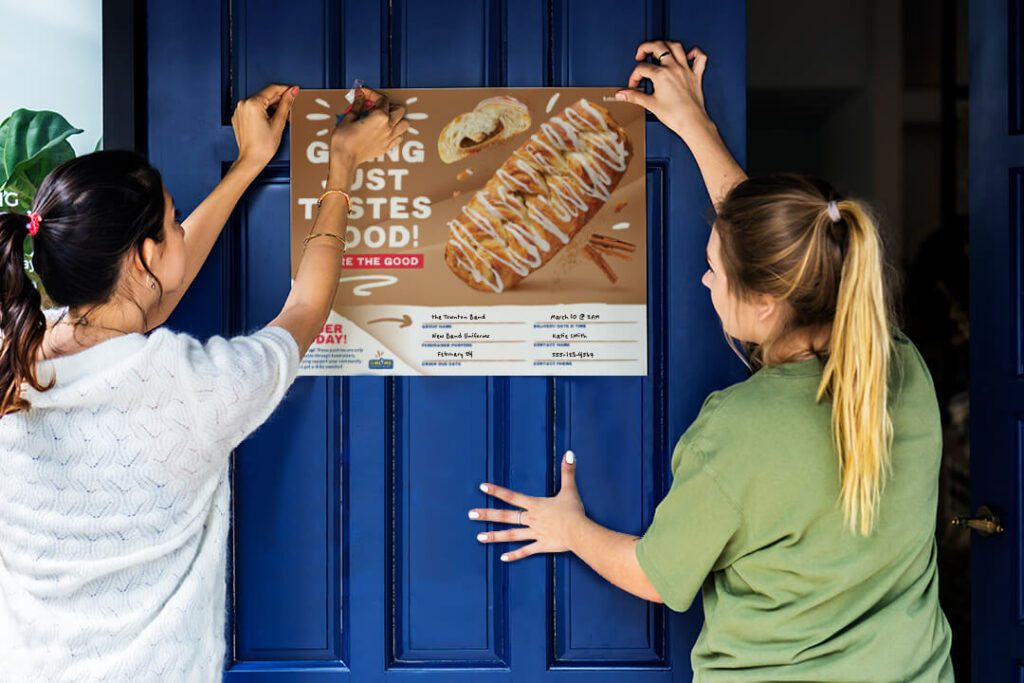
3. Mid-Fundraiser Updates (Once a Week)
In order to maintain momentum, send updates that encourage continued participation and remind everyone about important milestones.
To Sellers & Parents
Share progress updates; how close are you to reaching your goal? Remind them of the fundraiser’s end date to keep everyone focused. You can send out an image of your goal tracker to help motivate them even further!
“We’re halfway there! So far, the group has sold X items. They’re doing an amazing job! But there’s still work to be done. We still need to sell X items to reach our goal of X items sold. Keep up the great work!”
To Supporters
Send reminders out emphasizing that there is still time for them to support your cause. Highlighting different products is a great way to catch their attention!
“Don’t forget to get your orders in for (Group Name)’s (Fundraiser Name)! In case you missed it, we are selling (Product Name) to raise funds for (Fundraiser Purpose). Please help us reach our goal by ordering today!”
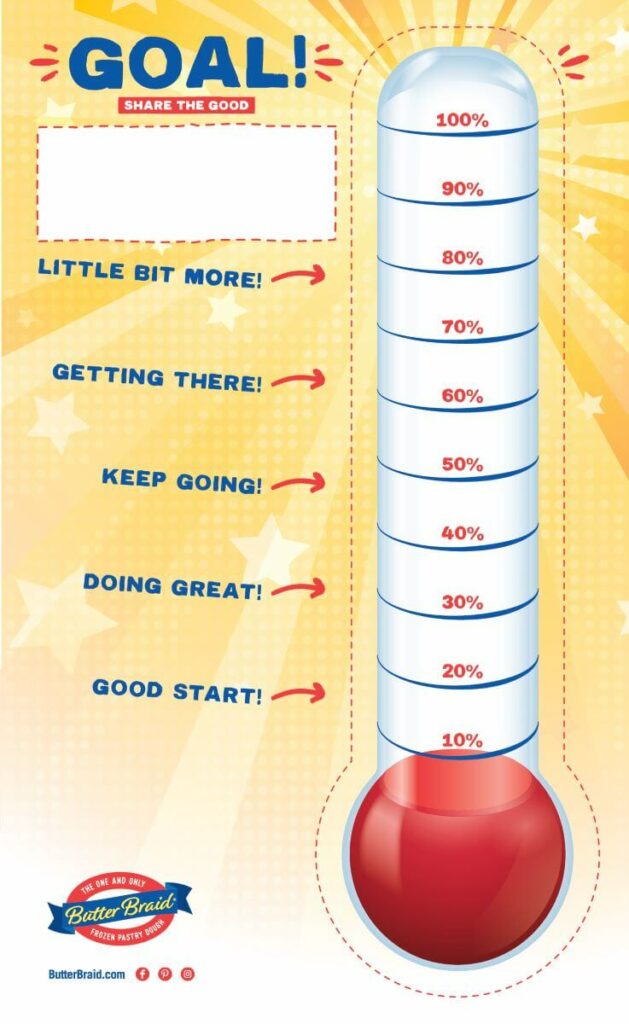
4. Final Push (3-5 Days Before Fundraiser Ends)
To Sellers & Parents
Remind them of the approaching deadline and encourage a final sales push. Provide scripts or sample social media posts & emails for sellers to use when reaching out to friends and family.
“We’re in the final stretch of our fundraiser, and we need one last push to reach our goal! The deadline for placing orders is (Deadline Date) which means there is still time to make a big impact. Right now, we’ve sold X items, and we’re so close to our goal of (Fundraiser Goal)! Every order helps support (Fundraiser Purpose), and we appreciate all your hard work and dedication.”
To Supporters
Send a “last chance” message urging them to place their orders before time runs out. Creating a sense of urgency (i.e. “Only 48 hours left!”) can drive more purchases.
“Only X days left until our fundraiser comes to an end! Help us finish strong and place your order before it’s too late!”
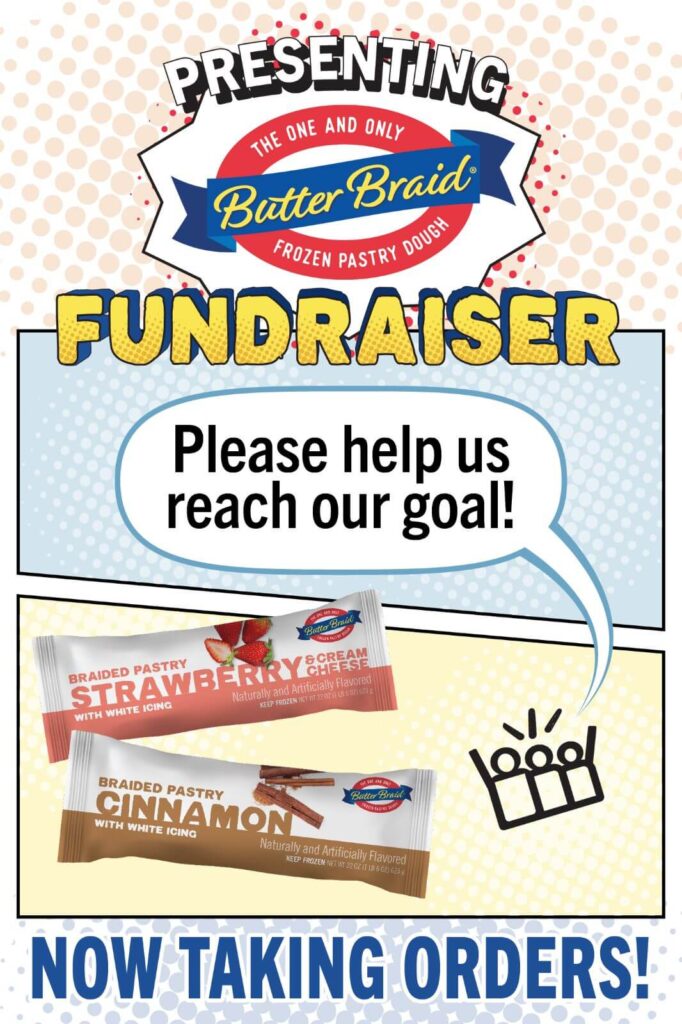
5. Post-Fundraiser Communication (1-2 Weeks After Fundraiser Ends)
To Sellers & Parents
Thank them for their efforts and celebrate their achievements. Share next steps for product delivery and any other post-fundraiser activities.
“Our fundraiser is officially complete, and we couldn’t have done it without all your hard work, dedication, and support! Thanks to everyone’s efforts, we sold X items and raised (Amount Raised) for (Fundraiser Purpose). What an incredible achievement!”
To Supporters
Send a thank-you message on your group’s social media pages, website, and newsletter. Let your supporters know the impact of their contributions. If applicable, provide updates on when to expect their orders.
“Thank you for your support of (Group Name) during their (Fundraiser Name). Your contribution really (short statement of impact). The goal of this fundraiser was to raise (Goal Amount). With your help, our group was able to raise a total of (Total Amount Raised). We appreciate everything you’ve done to help us achieve our goal!”
If you want more ideas on how to thank your supporters, head over to our blog post 5 Easy Ways to Thank Your Supporters.
![An example "thank you" Instagram post that a group could post. It has an image of a Butter Braid Pastry slice with "Thank You" over top. The caption says, “Thank you [Supporter Name] for your amazingly generous support of [Group Name] during their [Fundraiser Name]. Through your contribution, you are helping [Group Name] to [short statement of impact/how their contribution will be used]. Much thanks to you and all the generous people just like you for the incredible support!”](https://butterbraid.com/wp-content/uploads/2024/01/BBP-24IMG-BLOG-Jan-02SMExamplePost-R01-01-576x1024.jpg)
Best Practices for Fundraising Communications
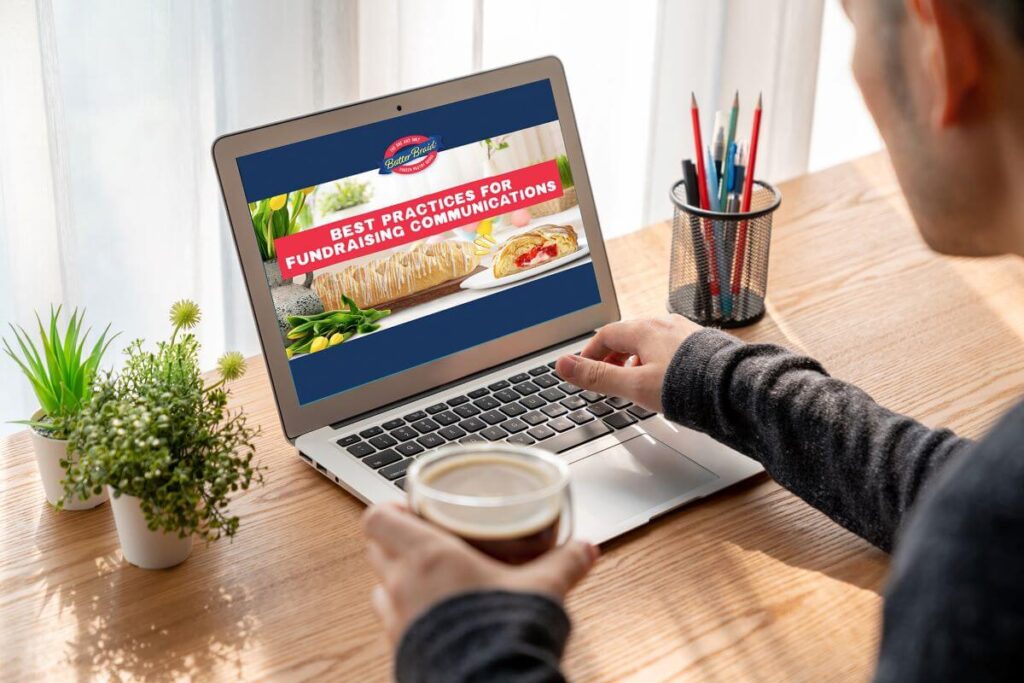
1. Be Clear and Concise
Avoid overwhelming your audience with too much information at once. Keep messages short, to the point, and easy to understand. Include bullet points or key takeaways to highlight the most important details.
2. Use Multiple Communication Channels
Not everyone checks their emails or social media feeds regularly. So, use a mix of communication methods to reach different audiences. Consider using…
- Emails for official updates and reminders
- Text messages for quick, urgent alerts
- Social media posts to engage a wider audience
- Printer flyers or letters for those who may prefer a tangible reminder
3. Tailor Messages to Your Audience
Different groups need different information. When writing your communications consider the perspectives of your sellers, parents, and supporters. Sellers are looking for things like motivation, tips, and progress updates. Parents will focus more on logistics, deadlines, and why their support is important. For supporters, it is important to emphasize the cause, how their support makes an impact, and highlighting the different ways they can give.
4. Create a Consistent Schedule
Planning when to send updates ensures your audience stays informed without feeling bombarded. Some key moments to communicate include…
- Before the fundraiser starts
- Halfway through the fundraiser
- 3-5 days before the fundraiser ends
5. Make it Engaging
Keep fundraising fun! Use images, videos, and personal stories to make your messages more compelling. Consider highlighting top sellers, sharing testimonials, or running contests to encourage participation.
6. Include a Call to Action
Your messages should have a clear next step. Whether it’s “Place your order today!”, “Share this link with friends and family!”, or “Pick up your items on Saturday!”, make sure your audience knows exactly what to do next.
By following these best practices, you’ll ensure that your fundraising communications are effective, engaging, and impactful which leads to better participation and higher sales!
